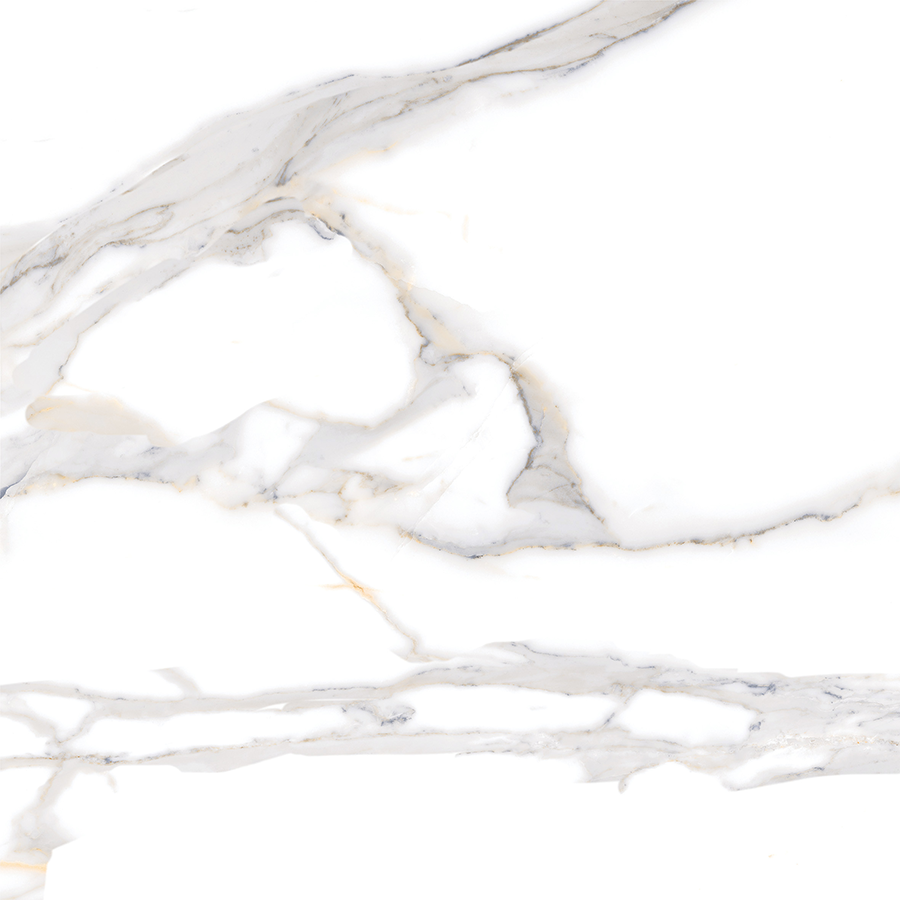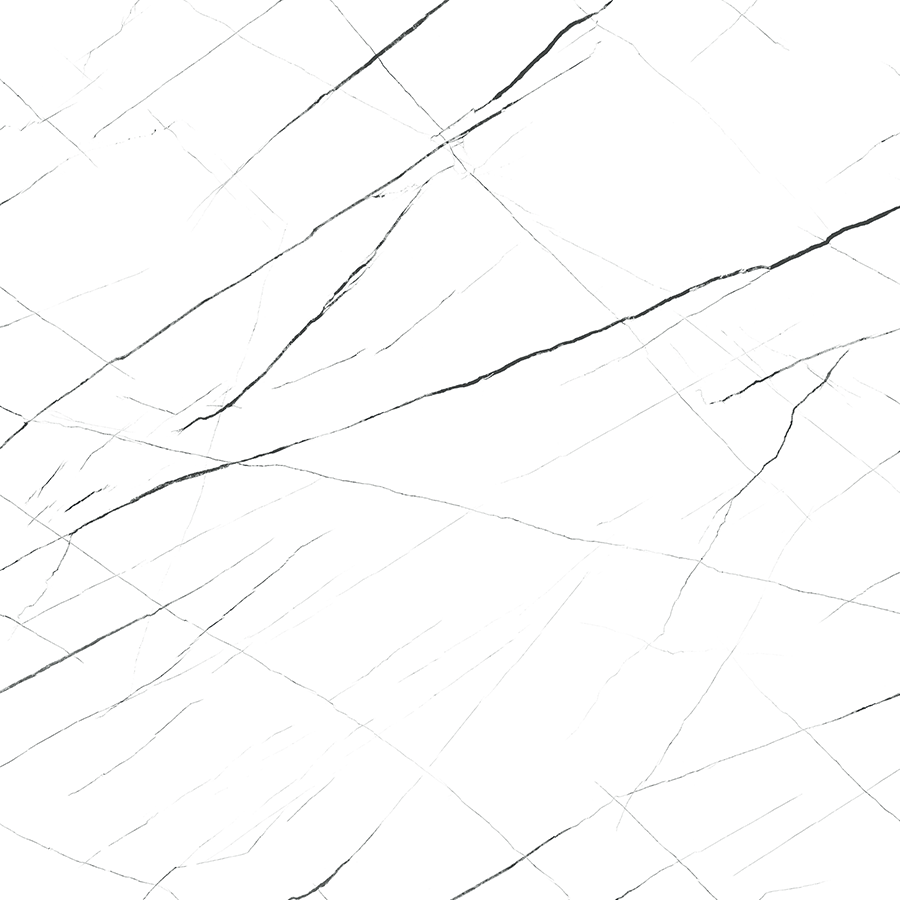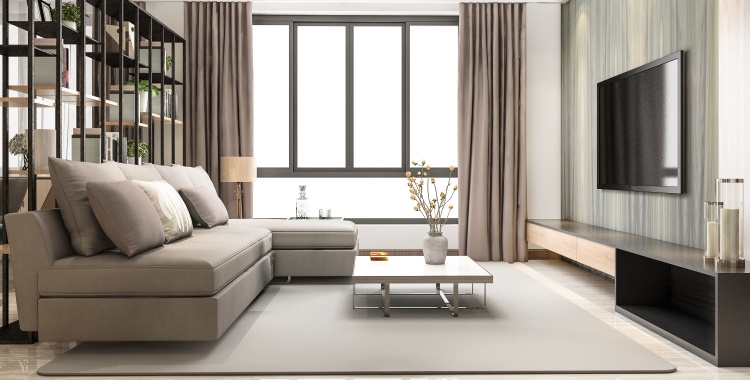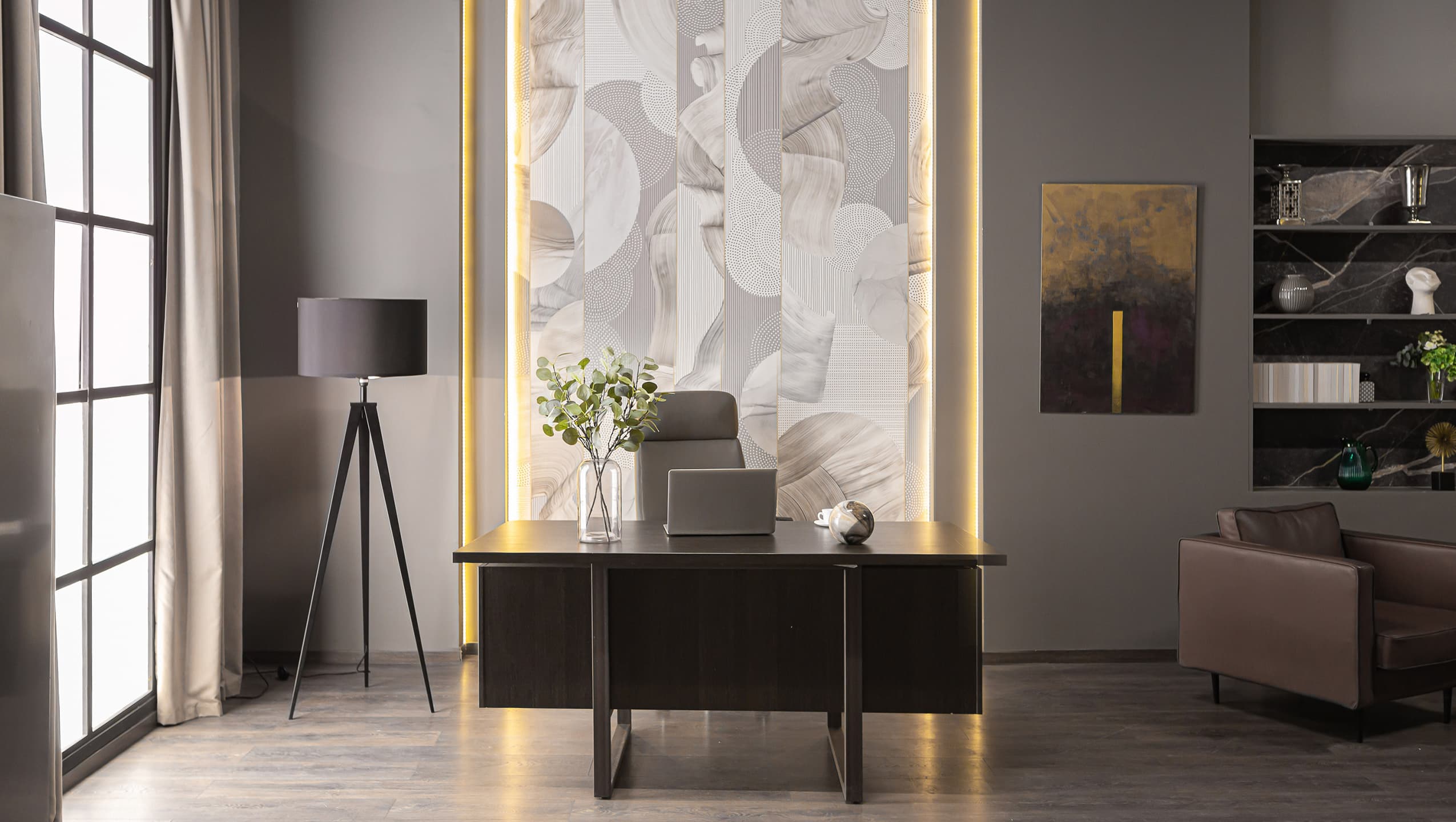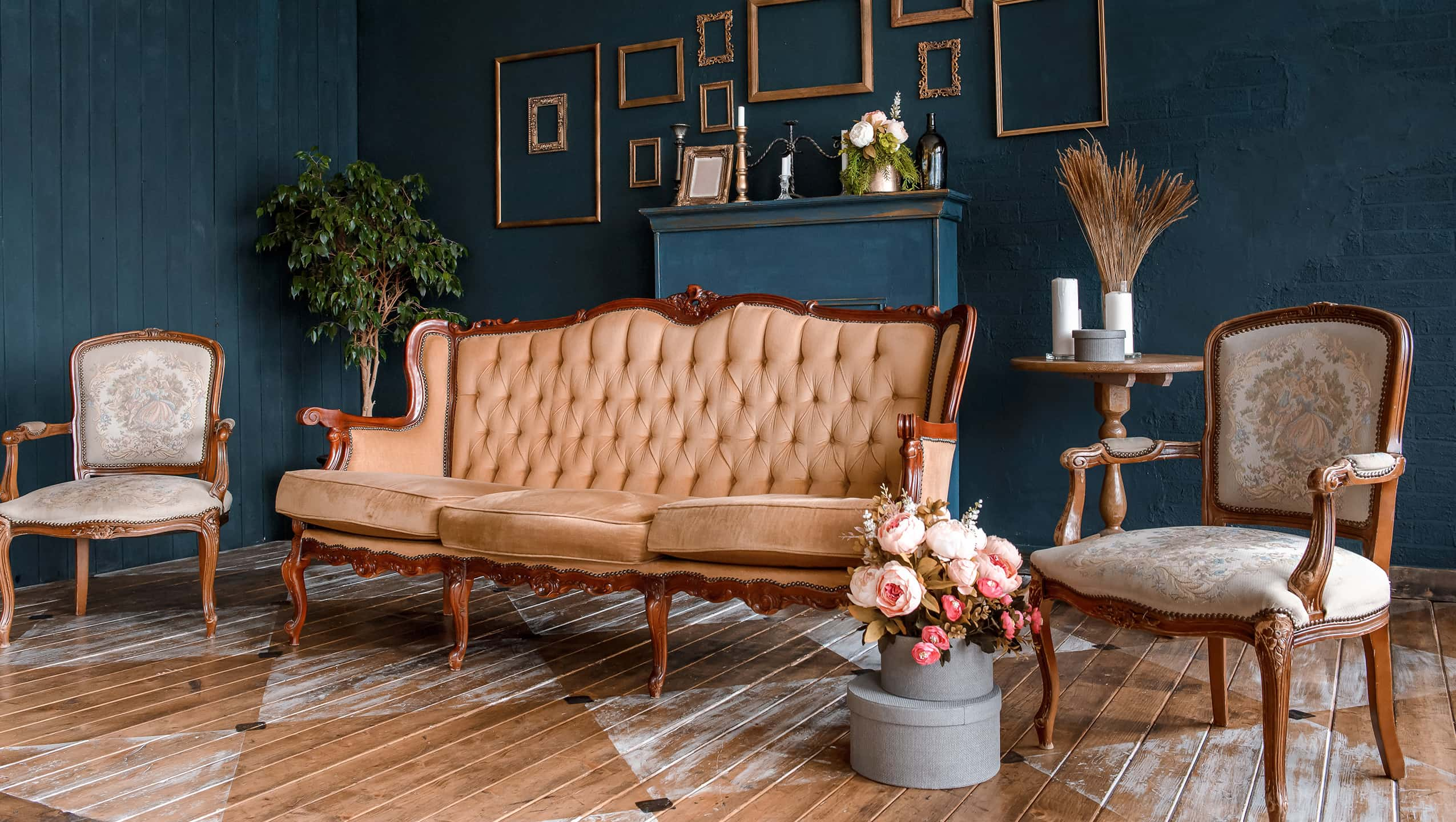
Photo By Shutterstock
Granite is a natural stone formed from the cooling of magma within the earth and has a dense and strong mineral content. The process of manufacturing granite tile involves crushing and processing natural granite into the form of tiles or ceramic floors in various sizes and colour variations.
With its long-lasting and easy-to-maintain properties, granite tile has become popular for covering floors and walls in homes and various commercial projects. Let's take a closer look at its definition and patterns below!
What is Granite Tile?
Granite tile, or homogenous tile, is a durable and scratch-resistant flooring option in various patterns suitable for bedrooms, living rooms, and front porches. Its strength and longevity make it a popular choice among homeowners.
Granite tile is manufactured through a high-temperature firing process, producing superior quality and exceptional durability. This makes it ideal for a wide range of wall and floor-covering projects. Its long-lasting properties suit high-traffic areas, such as home patios.
Both residential and commercial property owners widely use granite tile. Its applications extend beyond homes to commercial establishments like offices, schools, hospitals, and shopping malls. This is due to its robust structure that can withstand continuous loads over extended periods.
Granite tile tends to be more expensive than other flooring or wall options like ceramic, vinyl, or laminate. This is because granite is inherently strong and durable and possesses unique aesthetic qualities.
Differences between Granite Tile and Natural Granite
Granite tile is a type of ceramic tile or flooring made from processed natural granite. It has a uniform appearance and is produced through a manufacturing process. On the other hand, natural granite is natural granite rock extracted from the earth without undergoing any manufacturing process. It has a natural and unique appearance. The choice between the two depends on design preferences, budget, and the desired level of durability.
Differences between Granite Tile and Ceramic Tile
Granite and ceramic tiles differ in their base material, appearance, characteristics, and price. Granite tile uses natural granite as its base material and has a more natural and uniform appearance. In contrast, ceramic tile is made from a mixture of natural materials and has a wider variety of colours and textures. The choice between the two depends on design preferences, budget, and the desired level of strength for applications in homes or buildings.
Granite Tile Size Variations
Granite tiles come in a wide range of sizes, allowing you to choose the perfect fit for your needs and the design of your space. Here are some common size variations of granite tiles:
-
30x30 cm: This size is considered a standard size for granite tiles and is well-suited for smaller areas like bathrooms or kitchens.
-
40x40 cm: This size is also a standard size and is commonly used for granite tiles in indoor areas of the home.
-
60x60 cm: This size is popular for granite tiles as it creates a more extensive, more modern look. It suits larger areas such as living rooms or other living spaces.
-
80x80 cm: This larger size offers an elegant and luxurious feel. It is ideal for spacious areas with a more upscale design style.
-
60x120 cm: This is a larger and more popular granite tile size currently available. It is perfect for creating an exclusive and modern look.
Granite Tile Colours
The choice of tile colour can have a different effect on the room. Light colours, like white, will reflect more natural light and make the space feel larger. On the other hand, dark colours, like dark grey, can be used to highlight objects like brightly coloured furniture. Here are six inspirational granite tile colours for walls and floors to consider.
-
White
White granite tile has become a prevalent choice for flooring and wall applications due to its beneficial properties. One of the primary advantages of white is its excellent light reflectivity. White walls or floors effectively bounce back natural light entering the room, creating the illusion of a brighter and more expansive space.
-
Cream
If you seek a warmer ambiance than the neutral elegance of white, cream granite tile is an ideal choice. Its subtle yellowish undertones exude warmth and comfort, creating a welcoming atmosphere in any space. Cream granite tile harmonizes beautifully with rooms adorned with richly patterned furniture and accents, particularly those inspired by the bohemian style.
-
Dark Grey
Dark grey granite tile is a prominent choice for modern minimalist interior design. Its captivating allure stems from its ability to exude elegance, tranquility, and versatility, seamlessly integrating into various décor styles. The presence of dark grey granite tile can introduce a touch of drama and luxury to a space, while also adding depth and dimension to the overall layout.
-
Light Grey
In addition to its darker counterparts, light grey granite tile has emerged as a compelling choice for interior design. Its captivating allure stems from its neutral nature, allowing it to seamlessly blend with a wide range of color palettes and décor styles. Light grey tile's versatility makes it ideal for creating harmonious and airy spaces.
-
Brown
Brown granite tile holds a unique charm in interior design. Its warm and comforting undertones exude a sense of tranquillity and depth, transforming any space into an inviting haven. When employed for flooring or walls, brown granite tile introduces a touch of nature's warmth, bringing the essence of the outdoors into the room.
-
Black
Despite the misconception that black can make a room feel cramped and oppressive, black granite tile holds immense potential to transform spaces into stunning and elegant havens when employed with finesse. Its ability to add depth, drama, and a touch of sophistication makes it a versatile choice for interior design.
Granite Tile Installation Patterns
Granite tiles offer various installation patterns that can create diverse and visually appealing designs. Here are some popular patterns to consider:
-
Grid Pattern
This is the most common method for laying square granite tiles, typically in 60x60 cm or 30x60 cm sizes. Tiles are arranged in straight rows extending to the edges, resulting in a simple and cost-effective look. The grid pattern suits a clean and minimalist aesthetic but can be enhanced with contrasting grout or additional pattern overlays.
-
Brick Lay Pattern
This pattern, resembling the arrangement of bricks, can be achieved with either square or rectangular granite tiles. It creates a balanced appearance on floor or wall surfaces, ideal for kitchen areas or wood-patterned granite tiles.
-
Harlequin Pattern
This pattern is primarily used for square granite tiles and involves a diagonal arrangement with a 45-degree angle relative to the wall. The harlequin pattern creates an illusion of a larger space and draws attention, often employing a black-and-white colour combination for a classic look.
-
Chevron Pattern
This pattern utilizes 15x60 cm granite tiles arranged in a V-shape with interlocking ends, forming a zig-zag pattern. The chevron pattern produces a straightforward design with straight lines and sharp angles, which is well-suited for highlighting specific areas like shower walls in bathrooms.
Granite Tile Patterns
If you want to add a touch of style and character to your walls and floors, consider incorporating granite tiles with captivating patterns. Here's a selection of granite tile patterns to elevate your living spaces:
-
Wood Pattern
Wood patterns are immensely popular in residential settings, exuding warmth and a cozy ambiance. They offer the beauty of natural wood with enhanced durability and natural designs that mimic the texture of real wood.
-
Stone Pattern
Stone patterns draw inspiration from natural rocks and feature rough and uneven surfaces. Artile Outback Dingo is ideal for outdoor areas like gardens, garages, patios, and moist environments like bathrooms.
-
Terrazzo Pattern
Terrazzo patterns feature a blend of marble, glass, or natural stone chips bound together with cement. Artile Forte Colori showcases a terrazzo pattern with remarkable durability, making it suitable for high-traffic areas.
-
Marble Pattern
Marble patterns replicate the look of marble, offering an elegant aesthetic suitable for both wall and floor applications in residential and commercial buildings.
Thus, the explanation regarding granite tile, including various available motifs, is provided. Granite tile boasts high durability and easy cleaning, making it suitable for floor and wall coverings. MAGIA Granite offers a variety of colours and patterns for various installation needs, including in bedrooms, bathrooms, and home terrace areas.
Popular Collections
